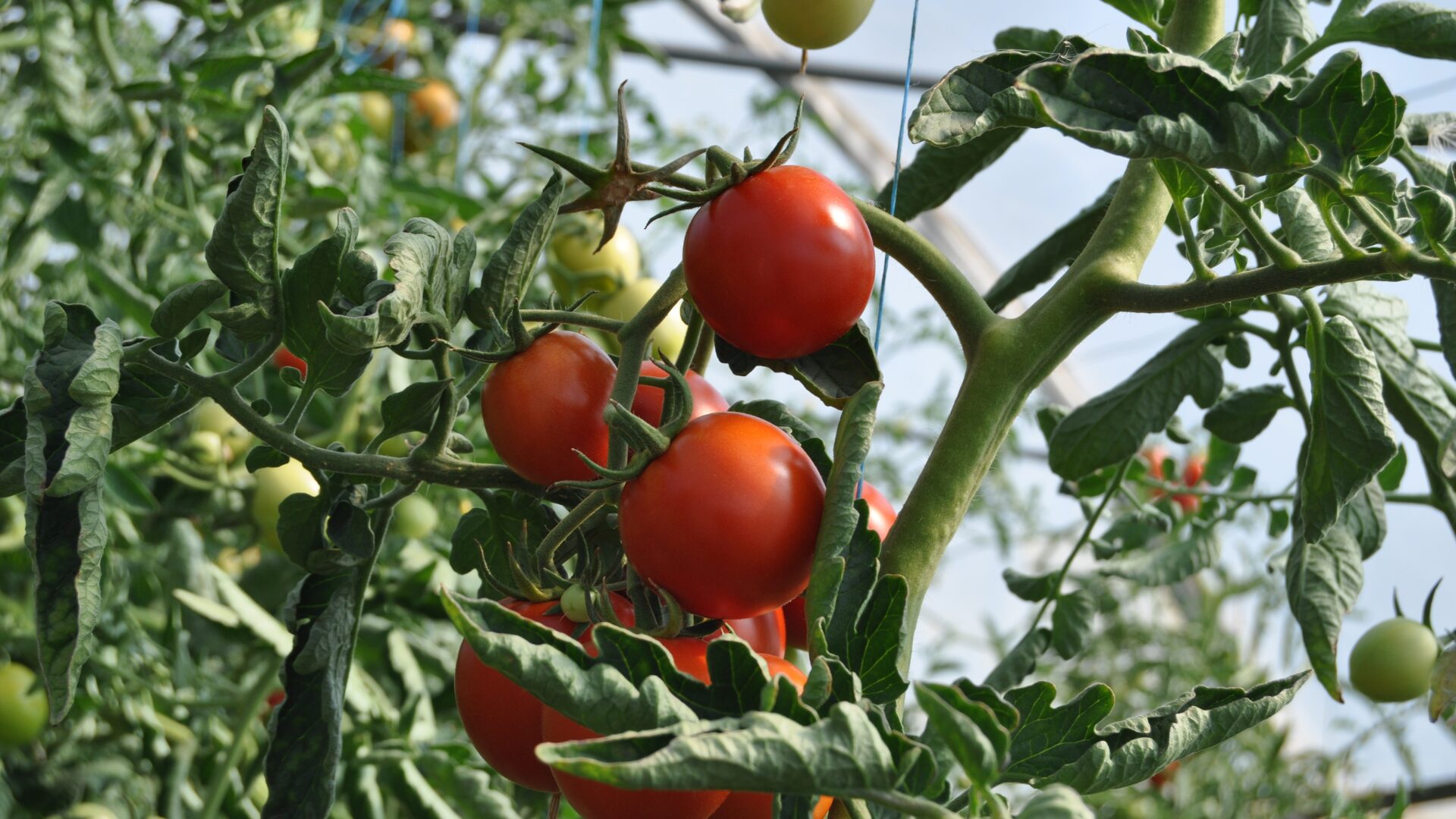Solinftec has unveiled a sprayer robot, that can work autonomously, and map weed and insect infestations. The Solix Sprayer robot is expected to be available by 2023.
The company said its scouting and sprayer robots are designed to help producers reduce chemical usage and their carbon footprint.
The Solix Sprayer will work autonomously, spot spraying as much as 96 acres per day, depending on field shape and terrain. It is powered by four solar panels that control both the drive and spray systems. The unit also will provide reports on crop populations, weed types and densities, disease identification and thresholds, insect identification and thresholds, nutrient deficiency identification and densities, and other data around the clock.
The robot also generates weed spot-spray maps with analyses.
“Weed detection is a leading issue in fields across the North America and the Solix Sprayer is designed to not only monitor and scan fields like the original scouting version, but to detect and manage weeds with technology which allows the device to spot-spray into the plant instead of from above, eliminating drift and soil compaction caused by larger machines and help lower environmental impact,” said Leonardo Carvalho, Solinftec’s director of operations.
Pilot runs are being conducted in partnership with the ag cooperative Growmark and Purdue University in the U.S., along with Stone Farms and the University of Saskatchewan in Canada.
In other ag news:
Chicken welfare: Nine companies, including Whole Foods and HelloFresh, are joining the effort to improve the welfare of chickens. The nine companies through the U.S. Working Group for Broiler Welfare are partnering with Perdue Farms, the fourth largest U.S. chicken producer, as consumer pressure to improve animal welfare mounts, Bloomberg reported (Aug. 25). The working group now includes 16 members, including Target, Shake Shack, Nestle USA, Applegate, Pret a Manger, Sprouts and Natural Grocers.
Current commercial chicken growing operations are designed to make the birds grow as fast as possible, an approach that can affect the quality of the meat and the health of the bird.
Ukraine exports: Ukrainian agriculture officials predict the embattled country’s farm exports will grow to as much as 6.5 million tons by October – double July’s total, Reuters reported (Aug. 29). Exports have been bottled up due to Russia’s invasion, which destroyed fields and closed off Ukraine’s Black Sea ports.
Three of those ports were unblocked at the end of July but the country’s grain harvest is expected to fall far short of last year’s: 50 million tons compared to 2021’s 86 million.
Gray wolf: The 9th Circuit for the U.S. Court of Appeals recently ruled the National Cattlemen’s Beef Association and the American Farm Bureau Federation can intervene in a suit attempting to put the gray wolf back on the endangered species list. The Defenders of Wildlife is suing the U.S. Fish and Wildlife Service in a bid to overturn the Trump administration’s decision to delist the gray wolf in most of the 48 contiguous states.
The cattlemen’s association and the AFBF oppose putting the gray wolf back on the protected list.











